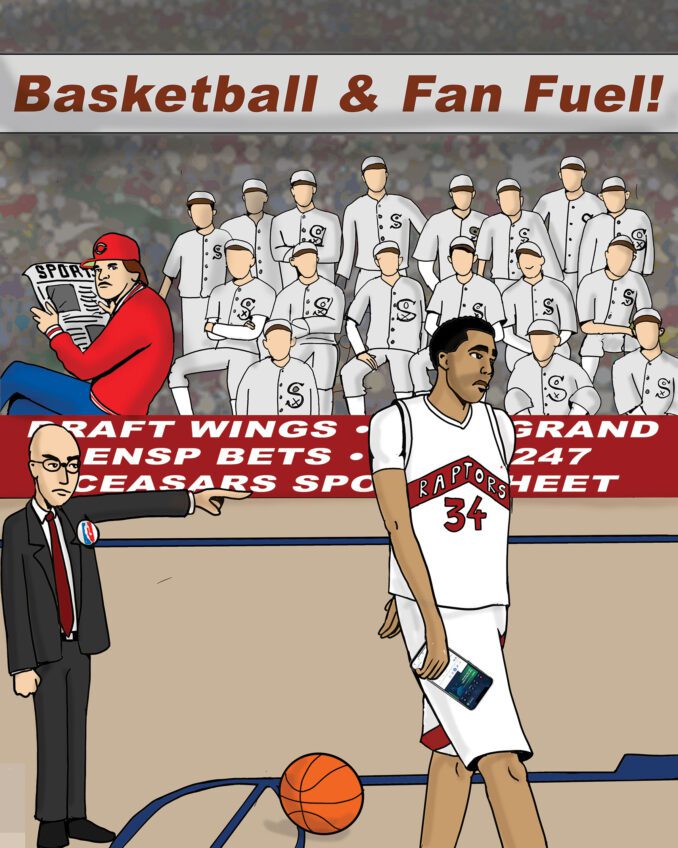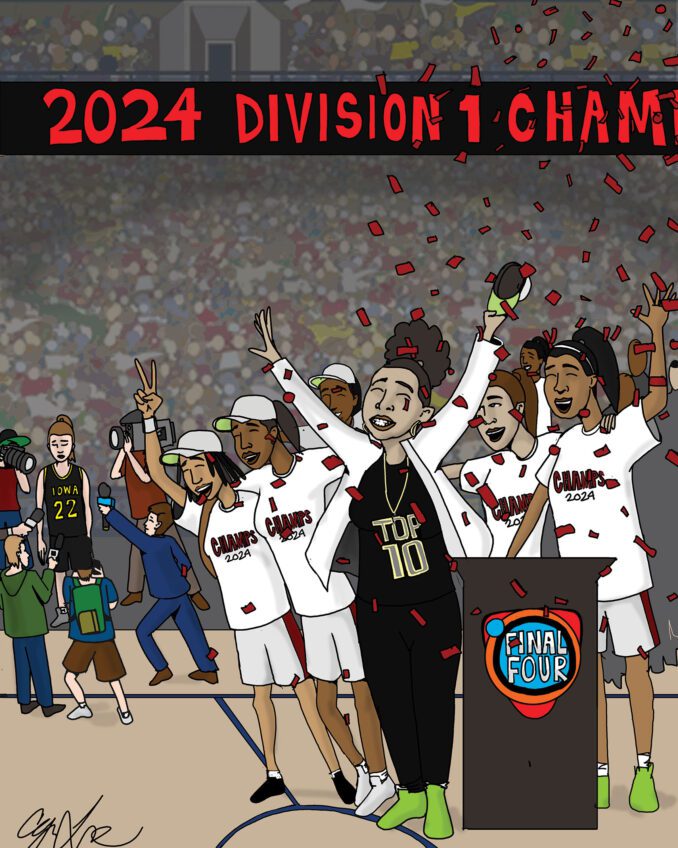
From early times, whenever humans congregate they manage to create a conflict among opposing tribes that have formed. The ancient Greeks, who were noted for their advanced civilization, could not avoid the incessant call to arms. The citizens of Athens and Sparta, all of Grecian heritage, engaged in the Peloponnesian War (431-404 BC) for 27 years. One can imagine how racial and language differences could incite even more intense violence.
For centuries people have believed that they are alienated from others by race. Those belonging to different racial groups, as determined by their appearance, are alien. Anthropologists have defined five basic racial categories: Caucasoid (white), Negroid (black), Capoid (Bushmen and Hottentots), Mongoloid (Oriental), and Australoid (Aborigines).
An individual’s racial category is established by his or her appearance. There is no genetic pattern that would justify characterizing an individual as subhuman. This is important because civilized nations that permitted the practice of slavery struggled to find an adequate justification for the abuses they callously imposed on their fellow humans.
That problem has become an even greater moral test for the descendants of slaveholders. In 1986 an anthropologist found a 2 million-year-old fossil in Africa in Tanzania’s Olduvai Gorge, which was the child of an earlier fossil discovery called “Lucy,” the primary human ancestor. Genetic research over the years indicates that all human beings are the descendants of Lucy’s tribe.
Research continues to investigate whether there are other places for the origination of humans, but the evidence is quite substantial that all of us belong to the same human race. While we might look different, speak different languages and practice different religions, we are still all members of the same human race.
These differences cause some confusion because tribes within various so-called racial subgroups develop their own cultures. A simple way to understand that such differences exist is to note the various cultural characteristics of ethnic subgroups. The easiest way to describe such characteristics is by the racial classifications established by anthropologists.
However, such designations could create a problem. The assertion that a certain French chef can create an authentic Chinese menu would not be seen as racist by a sophisticated listener. What is important to note is that we humans share many of the same genes. Racial or national references to distinguish one another are neither racist nor a rejection of the principle that all human beings belong to the same race. However, there must be a word of caution with such references because of the human proclivity for violence.


![Banner [Virtual] Art Gallery](https://baystatebanner.com/wp-content/uploads/2024/04/Cagen-Luse_Men-at-store-e1713991226112-150x150.jpg)



